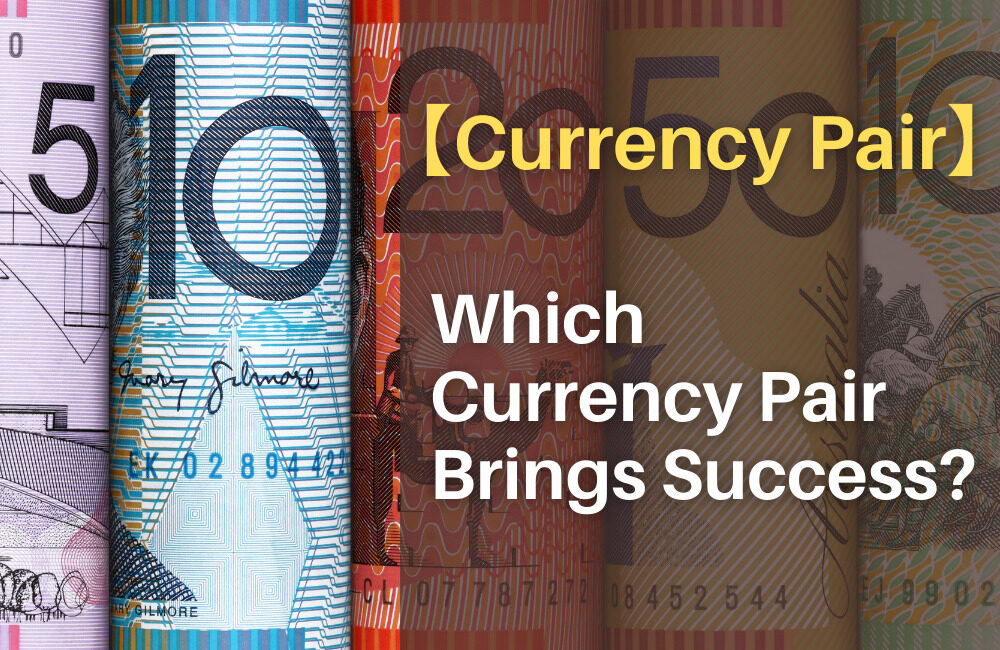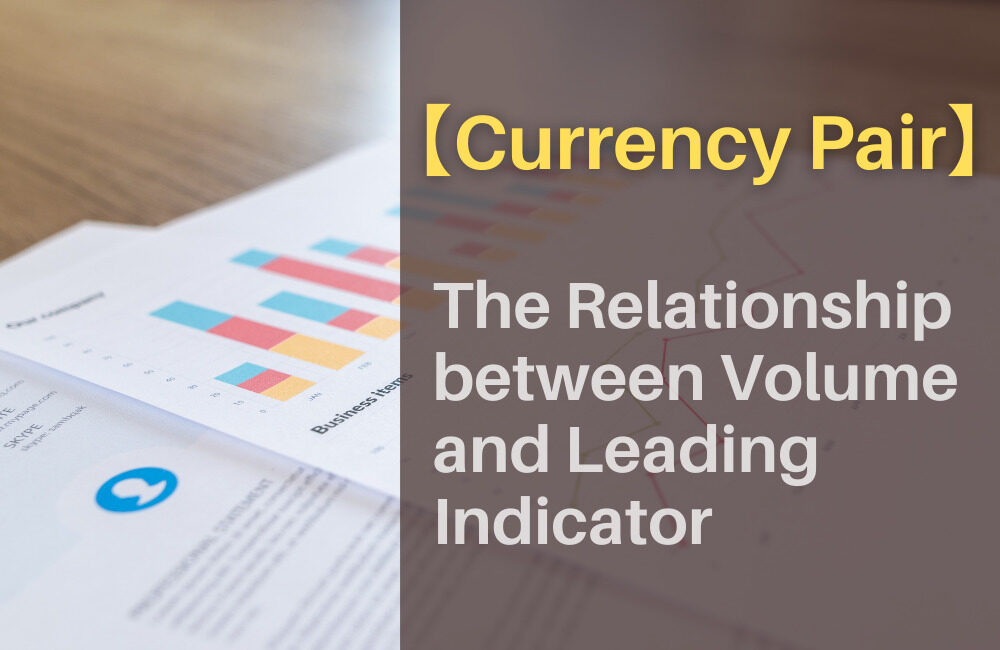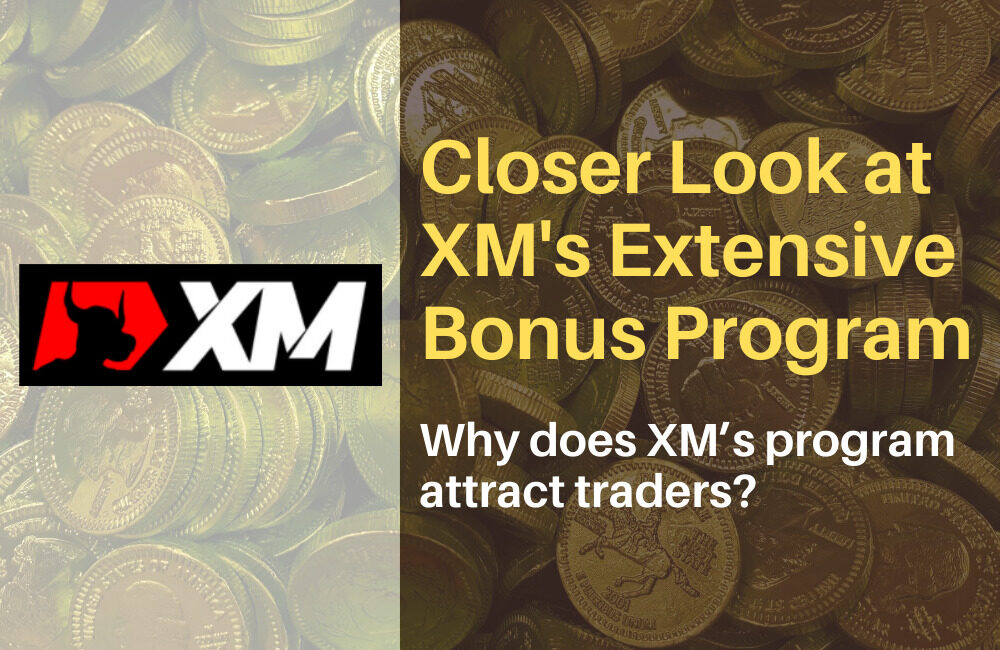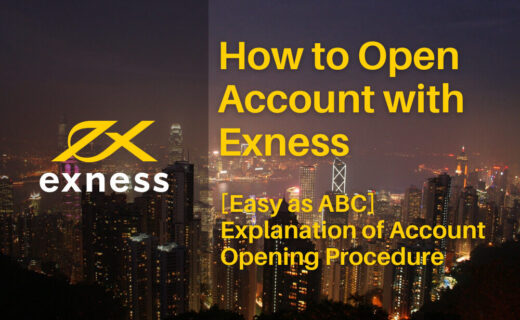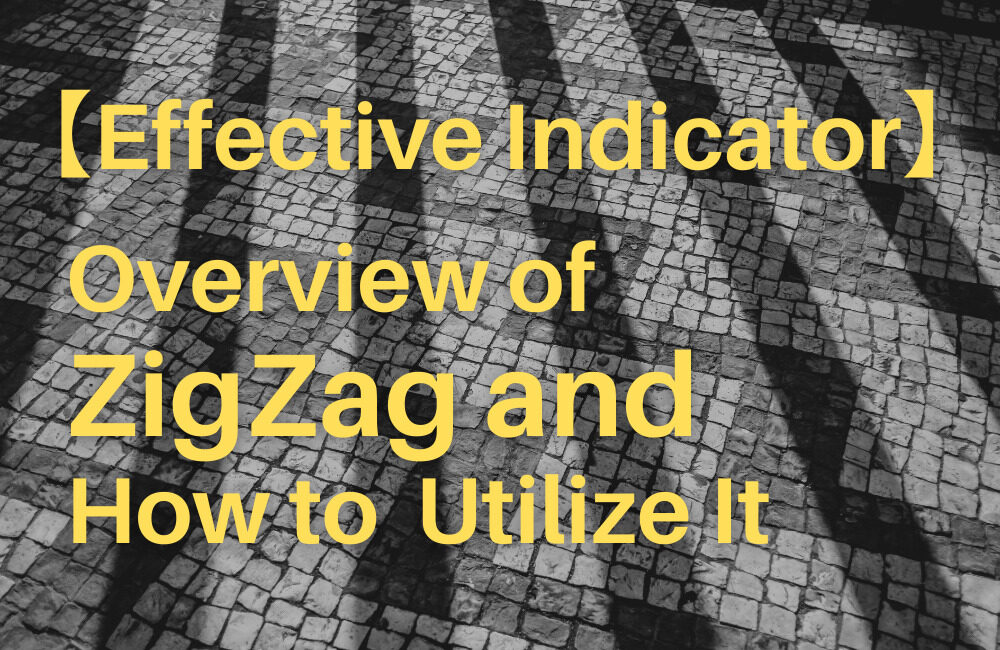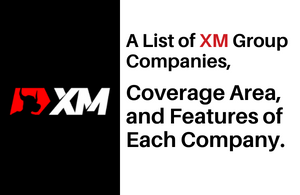This article introduces the overview of the currency pair and which pair should be selected.
[Summary]
- The left side of the currency pair represents the key currency and the other side is the settlement currency.
- The price displayed for a currency pair is the amount of the settlement currency required to purchase one unit of the base currency.
- EUR/USD, USD/JPY, and GBP/USD are the top three currency pairs.
- EUR/USD is the most recommended currency pair because it has high liquidity and excels at the stability and spread cost. It also tends to respond more noticeably to indicators.
Contents
Overview of Currency Pair
What Is Currency Pair?
In foreign exchange trading, one currency is used to buy (or sell) another currency. Therefore, it is inevitable that currencies are always traded in pairs. Every currency pair has "key currency" and "settlement currency," with the former on the left and the latter on the right.
The price displayed for a currency pair represents the amount of the settlement currency required to purchase one unit of the key currency. In the case of USD/JPY, the U.S. dollar is the key currency and the Japanese yen is the settlement currency. If the settlement price is 108.00 yen, USD 1.00 is equivalent to JPY 108.00.
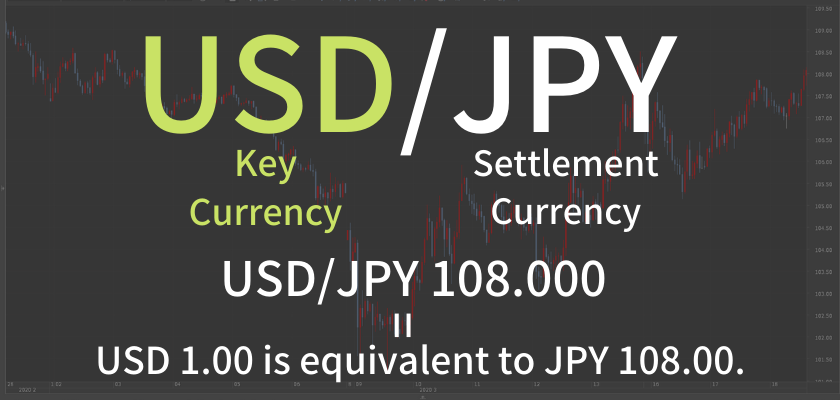
Types of Currency Pair
The currency pair can be divided into the following three types.
Major Currency
This type includes the widely-traded currency pairs in the market.
(Ex) EUR/USD, USD/JPY, GBP/USD
Commodity Currency
The price of this type of pair is closely related to the price of commodities such as oil and coal.
(Ex) AUD/USD, USD/CAD
Cross Currency
This type does not include the U.S. dollar.
(Ex) EUR/GBP, EUR/JPY
Which Currency Pair Has the Largest Trading Volume?
This section is based on “Triennial Central Bank Survey Foreign exchange turnover in April 2019” issued by Bank for International Settlements (BIS).
https://www.bis.org/statistics/rpfx19_fx.pdf

Related Articles:
【Currency Pair】 The Relationship between Volume and Leading Indicator
Volume Ranking
- EUR/USD
- USD/JPY
- GBP/USD
- AUD/USD
- USD/CAD
- USD/CNY
- USD/CHF
- USD/HKD
- EUR/GBP
- USD/KRW
1. EUR/USD
EUR/USD is the most traded currency pair in the FX market. It has a high trading volume per day, which tends to result in high liquidity and consequently narrow spread. Thanks to these factors, many investors rely on this pair as they can trade on a large number of volumes while giving little impact on the market.
2. USD/JPY
USD/JPY is the second most traded currency after EUR/USD. Like EUR/USD, it is known for its high liquidity, which is attributed to the fact that the yen is the most traded currency in Asia.
3. GBP/USD
Like other currency pairs, the robust economy of each country is attributed to the high trustability of this pair. It is safe to say that these three pairs can be considered as a group of major currency pairs.
4. AUD/USD
AUD/USD is thought to be closely tied with the values of Australia's iron ore and coal exports. When these commodities’ prices rise around the world, the rate of this pair also goes up.
5. USD/CAD
Since Canada's main export is oil, the rate of USD/CAD is closely tied with the crude price. When the crude price rises, so does the rate of this pair.
6. USD/CNY
The CNY represents the Chinese currency renminbi which circulates in the domestic (onshore) market (Shanghai Foreign Exchange Market) where it is traded by residents of Mainland China. On the other hand, CNH is traded by residents outside Mainland China in the offshore FX market.
7. USD/CHF
Historically, the Swiss financial system has been a safe haven for investors, making USD/CHF a popular currency pair. CHF tends to be used as a safe asset during periods of economic instability. So it is not as actively traded as other currency pairs.
8. USD/HKD
Between 2016 and 2019, the volume doubled from 1.5% to 3.3%.
9. EUR/GBP
The only currency pair without USD among the top 10 pairs, EUR/GBP is considered to be the most difficult to predict the price movement due to its lower liquidity and the economic instability in the wake of Brexit.
10. USD/KRW
This pair was ranked at the world’s top 10 currency pair for the first time in 2019. South Korea is becoming a key market outside of Japan, China and Hong Kong.
Which Currency Pair Should Be Selected?
Select a Major Currency Pair in Consideration of Liquidity and Low Spread
There are three advantages a major currency pair has.
Liquidity
High liquidity can drive down erratic fluctuation in the market. When the price fluctuates wildly in an instant, such as in a flash crash, there is no guarantee of being made a settlement at the specified rate, even with the setting of stop loss. Selecting a major currency pair brings stability to the trading.
Spread
Since major currency pairs are highly liquid, brokers are able to keep the spread low. The difference in spread cost is not noticeable in a single trade. But it has a very significant impact on the trading performance in the long run.
Below is the comparison of the spreads between the highly liquid EUR/USD and the less liquid EUR/AUD when trading 20 times a month (240 times a year) with 100,000 currencies each.
Source: Tradeview (ILC Account)
Tradeview, which is licensed by a highly reliable financial supervising body, provides an amazingly low spread and solid customer compensation. For details, please visit Tradeview's official website. (Tradeview's official website→)
| Approx. Spread | Spread Cost per Trade | Spread Cost per Month | Spread Cost per Year | |
| EUR/USD | 0.2 pips | USD 2.00 | USD 40.00 | USD 480.00 |
| EUR/AUD | 1.1 pips | USD 11.00 | USD 220.00 | USD 2,640.00 |
Trading currency volume: 100,000 currencies
Account currency: USD
It costs USD 480.00 as the total spread cost per year if you select EUR/USD while it is USD 2,640.00 for EUR/AUD. This difference cannot be ignored (and it will be greater with other brokers). For this reason, it is recommended to select a major currency pair like EUR/USD.
Response to Indicator
Major currency pairs tend to respond more noticeably to indicators than minor currency pairs. This is because a large number of investors are looking at the same indicator and using the same settlement logic. For details of this point, please also refer to the following article;
Related Articles:
【Currency Pair】 The Relationship between Volume and Leading Indicator
Conclusion
- The left side of the currency pair is the key currency and the other side is the settlement currency.
- The price displayed for a currency pair is the amount of the settlement currency required to purchase one unit of the base currency.
- EUR/USD, USD/JPY, and GBP/USD are the top three currency pairs.
- EUR/USD is the most recommended currency pair because it has high liquidity and excels at the stability and spread cost. Also, this pair can be expected to respond to indicators.
It would be nice if this article could help you select the currency pair. Thank you for sparing your time to read this article.
